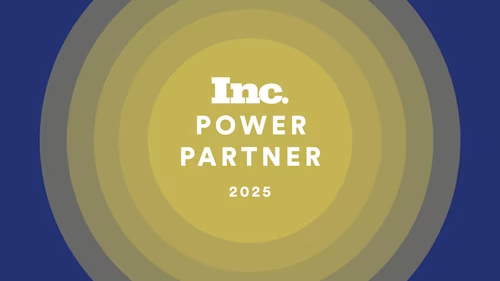
Serving More with Digital Forms in Health and Human Services
To meet greater demand for services with limited budgets will require streamlined systems and technology like digital forms to enable self-service.

Today, one in five Americans are enrolled in Medicaid. As health and human services programs continue to grow, state governments need to process millions more program applications today than ever before. To meet greater demand for services with limited budgets will require streamlined systems and technology like digital forms to enable self-service.
We commissioned a study with the Center for Digital Government (CDG) to evaluate the availability and accessibility of key government services within the 50 states. In general, mobile accessibility and the ability to sign and submit an application on a mobile device is the biggest differentiator between leading states and lagging states. Here’s what we found specifically for Medicaid and disability benefits applications:
Leading States Have Mobile-Friendly Medicaid Applications
All 50 states allow applications to be filled and submitted via an online portal.
23 states provide PDF forms that are not fillable, and yet, each of these states allow the public to upload these forms via their state portals.
18 states do not offer mobile-accessible portals.
Disability Benefits Application Processes vary
Most states accept initial applications by phone, in person at a regional office, and through the federal website portal.
10 states do not offer mobile-accessible portals.
20 states lacked clear information about eligibility or agency contact information.
While there is some positive news in the findings, there is clearly a gap in how we serve the portion of the population that relies on health and human services programs. In the worse cases, that gap could translate into real-life consequences. Technology has helped some states manage those demands and close the gap, but there’s still plenty of room for improvement.
Streamline applications with digital forms and electronic signatures
One easy step HHS agencies can take to improve accessibility is to move to digital forms. We worked with a large state Child Protection Services agency that formerly relied exclusively on paper. Following the issuance of a court order requiring the organization to increase the number of foster parents in the system, the agency digitized their initial adoption application and used Docusign to enable electronic signatures. Digitizing the application, which previously consisted of a 40-page handwritten form, resulted in a significant bump in the number of foster parent applications and enabled the agency to comply with the court order.
Because HHS programs generally require applicants to fill out numerous forms, anything that can be done to streamline the process can help. As our research found, most HHS agencies now have a public portal that allows applicants to upload information. However, some of those portals simply replace paper processes with quasi-digital ones, requiring applicants to download a form, print it, fill it out and then upload it again. Agencies that fully digitize applications make it easier for citizens to complete and submit applications in fewer steps.
Digitizing forms can also help government employees. For example, expanding a case worker’s ability to submit certified documentation during investigations – including collecting signatures electronically rather than in-person or via the mail – could substantially reduce time and overall costs for child welfare systems across the U.S.
Related: Electronic signature solutions for public sector.
Enable mobile accessibility
Mobile accessibility is critical because the percentage of people without access to an actual computer is growing, especially among those who would typically benefit from Medicaid. According to Pew Research Center, over 80% of Americans own a smartphone and a growing share of people are dependent on their smartphone for internet access. Any state that doesn’t allow the public to access services from their mobile device is underserving a key constituency. Most states offer mobile accessibility today, but as our benchmarking study found, 18 states do not offer it for Medicaid.
At the most basic level, states can use technology to ensure they provide critical information to people seeking their services. Determining eligibility for HHS can be confusing. Our benchmark report found that, in the area of disability insurance, 20 states lacked clear information about eligibility or agency contact information. Fixing this can be as easy as ensuring information about HHS services are outlined clearly on your agency’s website and that your website shows up easily with a Google search.
State HHS agencies are already under pressure. It’s likely the COVID-19 outbreak will put additional burdens on them as they work to help more citizens in need. The good news is technology can help streamline HHS processes and services and make them a little easier for both citizens and employees to use and manage.
To learn more about what leading states are doing to streamline health and human services benefits and other common applications and forms, download Building a More Agreeable Government.
Seth Engel is a senior product marketing manager at Docusign.
Related posts
Docusign IAM is the agreement platform your business needs



